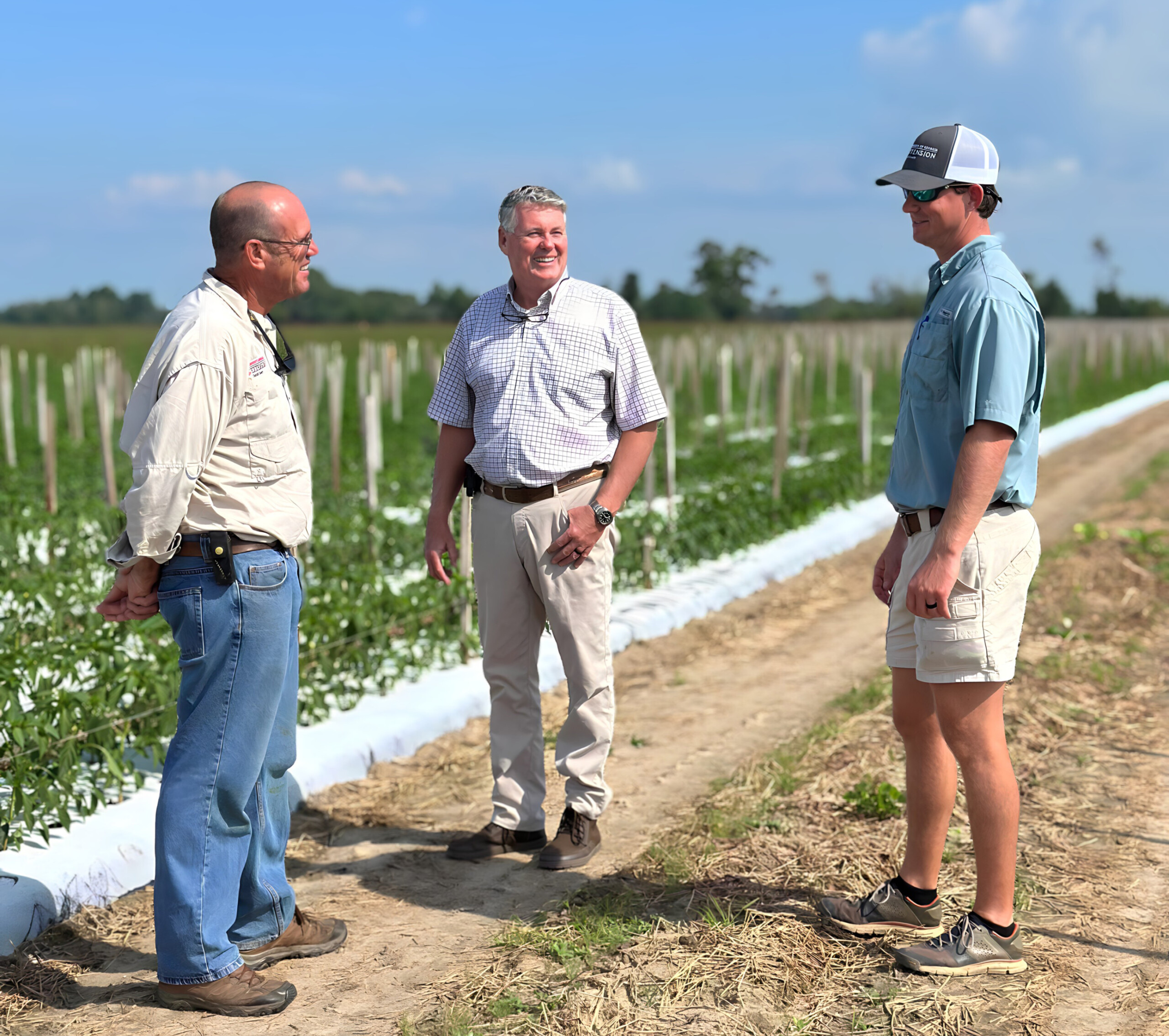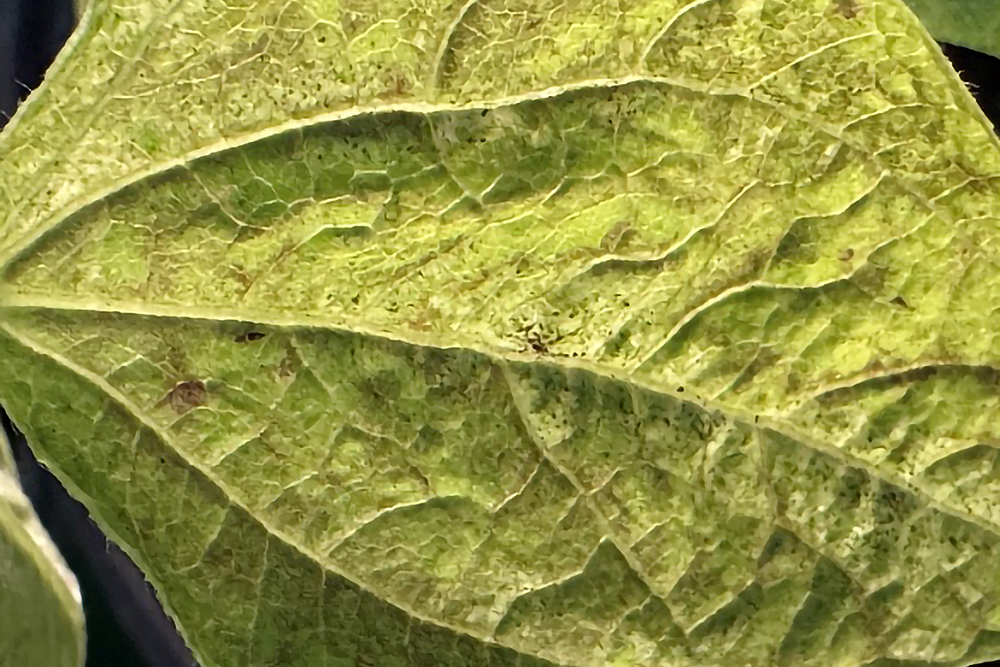By Stephanie Schupska
University of
Georgia
It may not come in cute little Dawg-shaped bottles, but
University of Georgia honey still sells like “wild cakes.”
“It has been selling like wild cakes, no, hot cakes and
wildfire,” said Jennifer Berry, a University of Georgia College
of Agricultural and Environmental Sciences research
coordinator. “We sent out the Christmas honey announcement, and
we’ll probably sell out of it by Dec. 19.”
Berry’s face lights up as she talks about honey and honey bees
at her office at UGA’s bee laboratory. Three years ago, the lab
needed funding for student and seasonal workers. Then it
clicked. They could sell their surplus honey.
UGA’s honey bees produce up to 200 pounds of honey a year,
Berry said. Bee colonies only need about 60 pounds for food.
Even with some initial doubts, the honey sold well the first
year. In 2004, with between 25 and 30 colonies set aside for
honey production, the UGA program sold 4,000 pounds of honey.
This year, when CAES research professional Detsy Bridges sent
out an e-mail in the late fall saying the entomology department
had honey for sale, the response was immediate.
“The first day we sent the e-mail out, I had five calls in five
minutes,” said Bridges.
Labeled as UGA Honey Bee Farm Pure Natural Honey, the honey is
a little more expensive than the average grocery store variety.
Besides the production costs, the honey is pure, meaning that
it comes from a particular source of nectar, Berry said.
Supermarket honey is often a random blend of honeys from
several different countries. The end product, which Berry and
her colleagues call “mutt honey,” is a mixture of whichever
honey manufacturers receive at the time.
It’s like comparing a really good beer, like Guinness, to
Schlitz, or a fine, well-made wine to a lesser brand, she
said.
“When you’re harvesting a particular plant, there’s a lot of
time, a lot of work that’s involved,” she said. “People who
have bought our honey are coming back because they love the way
it tastes.”
In Oconee County, Ga., where the UGA Honey Bee Laboratory is
located, blackberry, blueberry and bramble blooms give the
honey its pale, golden color and flowery, fruity flavor.
“It doesn’t have a real strong aftertaste,” Berry said. “It has
a real smooth flavor to it.”
In January, cotton bloom honey will be for sale. The honey bee
program also sells sourwood honey.
Prices for the UGA honey are similar to local market prices.
But, Berry says the program strives not to compete with local
producers. The honey is sold primarily on the UGA campus and at
Athens, Ga., restaurant Farm 255.
A quart is $8; pint, $5; 16 ounces, $4; and a honey bear is
$3.50. They also package special-order sizes for weddings and
other special occasions.
Being a UGA product, Berry considered having a Dawg-shaped
container instead of the traditional honey bear dispenser. The
honey bear won out when Berry discovered the dog-shaped
dispense mold would cost $30,000.
Although honey is a $75 million industry in Georgia, it often
goes unnoticed.
“Politicians don’t have a clue that we exist,” Berry said.
It’s not just the honey the industry produces that makes it
important. Farmers need bees to pollinate their crops.
In the late 1980s and early 1990s, the Verroa mite almost
destroyed the wild bee population in Georgia. Beekeepers were
able to treat their honeybees for the mites, but the wild bees
didn’t have this protection. Now, farmers in the lower part of
the state often rent honey bees for pollination.
Berry keeps the latest buzz about honey bee production in
politicians’ ears by sending UGA honey to state
officials. “This helps them understand the importance of honey
bees,” she said, “not just to our economy, but also to our
ecology.”
For information on buying UGA Honey Bee Farm Pure Natural
Honey, contact Detsy Bridges at (706) 542-9035 by Dec. 16.
(Stephanie Schupska is a news editor with the University of
Georgia College of Agricultural and Environmental Sciences.)




